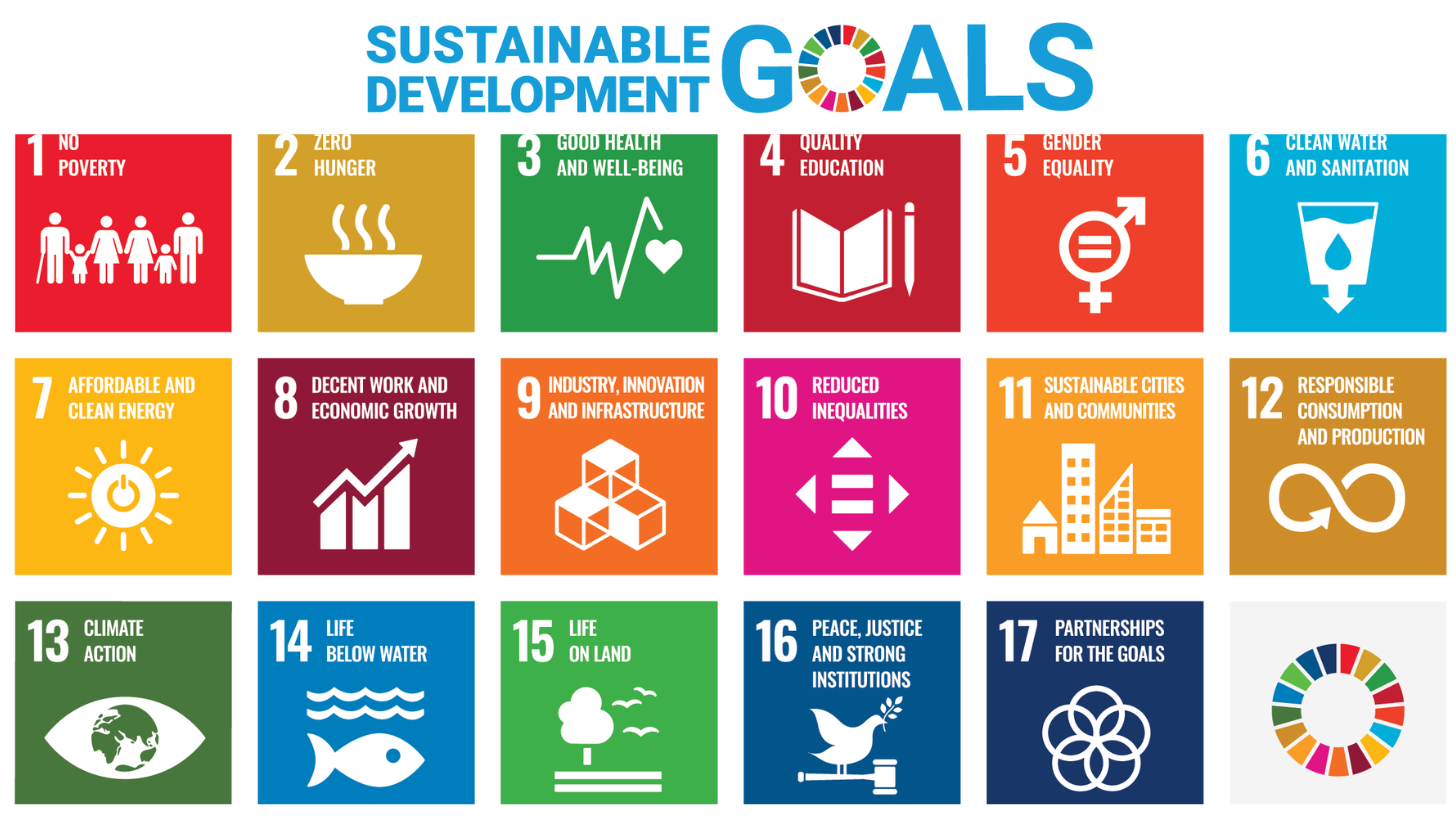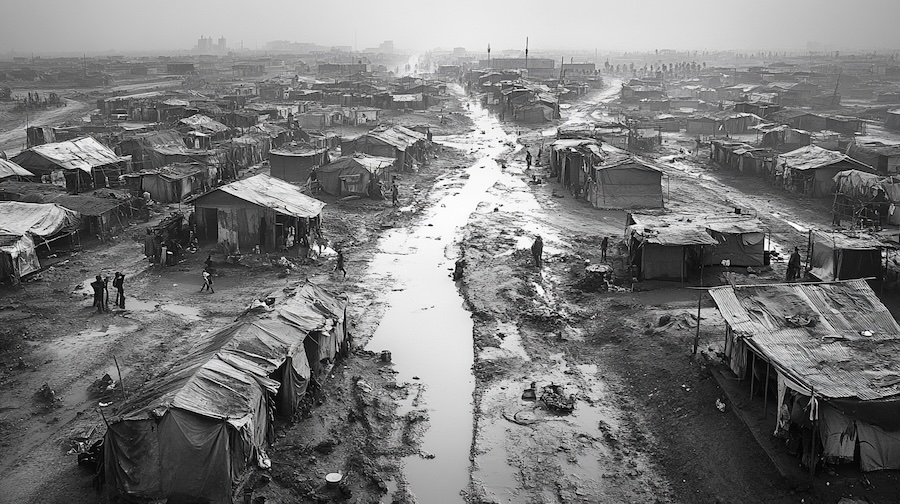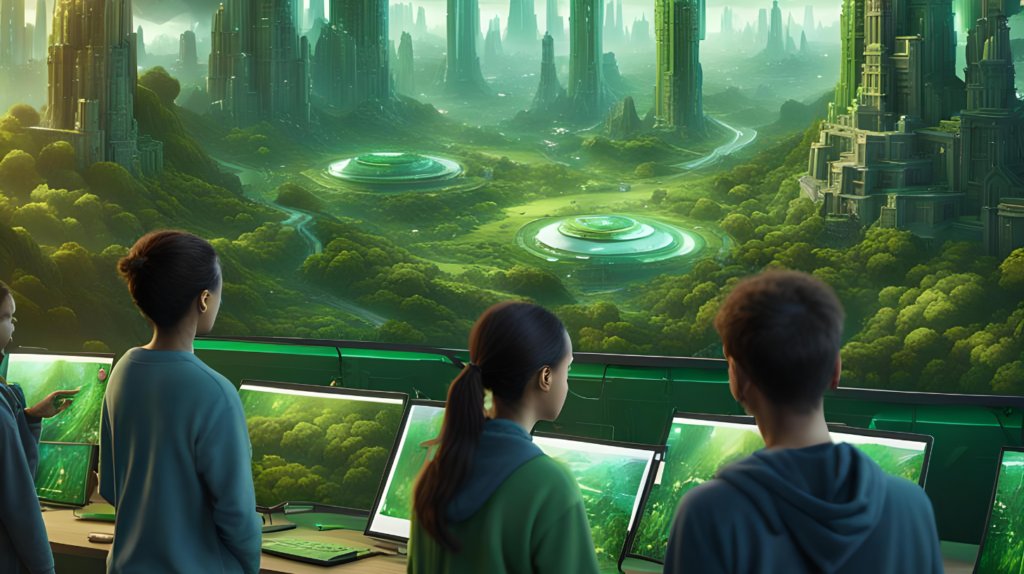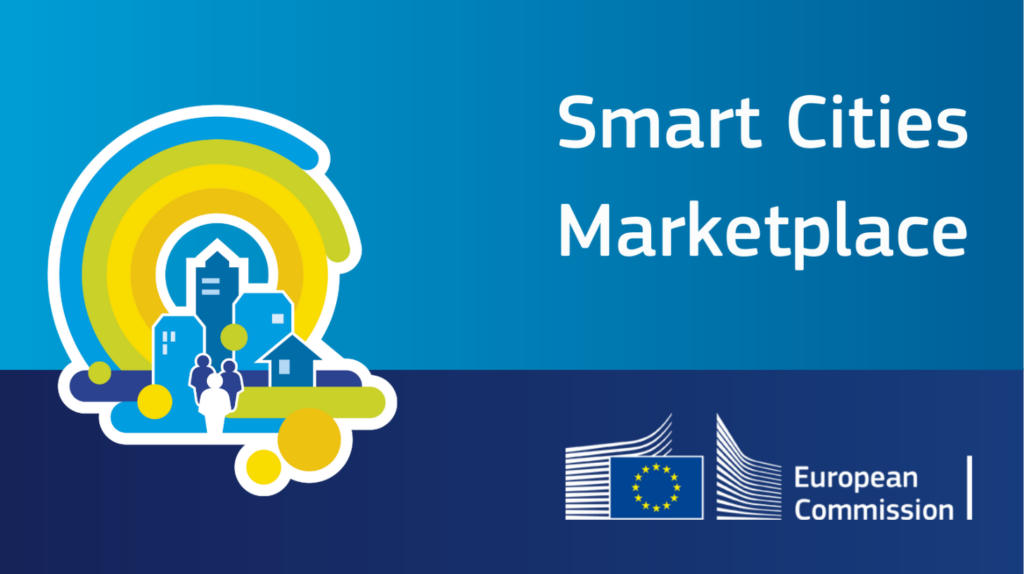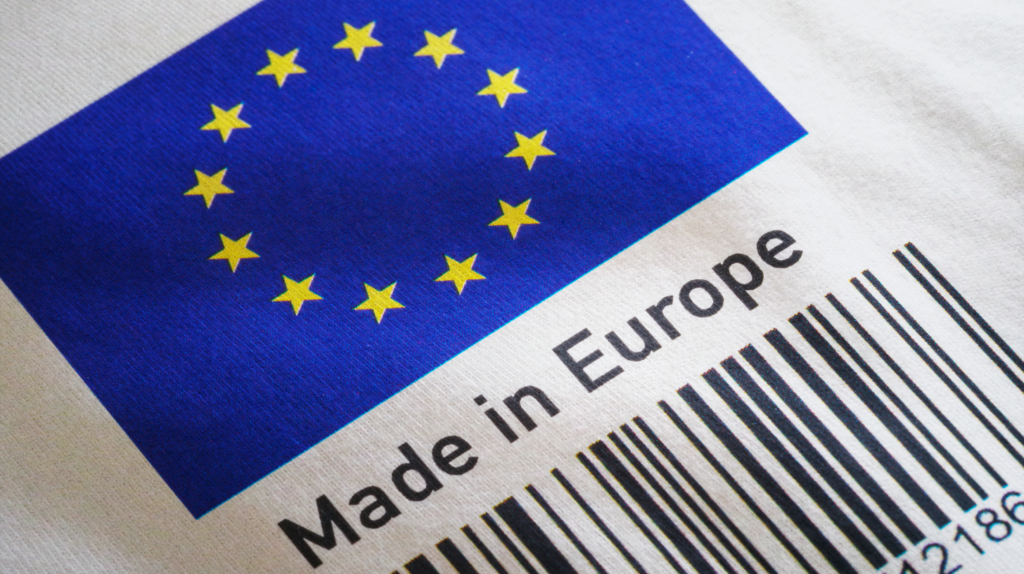The Green Cities consortium developed the blog post “EU Legal Environment Overview: Navigating Through Legislation and SDGs” under the EU-Funded Project Youth Participation for Developing Sustainable Green Cities (reference number: 2022-1-DE04-KA220-YOU-000085135). L4Y Learning for Youth GmbH is leading the project alongside partners Citizens in Power, Toplum Gönüllüleri Vakfı, Kean, Walktogether, and Kaán Károly Környezetvédelmi Egyesület.
This blogpost is based on the training content developed for the Green Cities project. For more content like this, click here. If you would like learn more about the topic, we suggest enrolling in our free online training course. In the platform, you will also find the full list of references and extra suggested reading material.
To keep up to date, follow our YouTube Channel, as well as our X and Instagram social media pages.
Introduction to the EU Legal Environment
Climate change is a real problem that we need to respond to, as it is a serious threat to the world, along with the continuing degradation of the environment. The European Union has also had to act on this major threat and has placed increasing emphasis on environmental law. Sustainability has become a central theme and a lot of legislation has been focused around it, encouraging countries to take action. Several initiatives have been taken to promote cooperation between countries. One example was the Paris Agreement to slow global warming.
Millennium Development Goals (MDGs)
The Rio+20 UN Conference was held in 2012, and was the basis for the United Nations (UN) Millennium Declaration, drafted in 2015 and endorsed by 189 UN member states.
What are the MDGs goals?
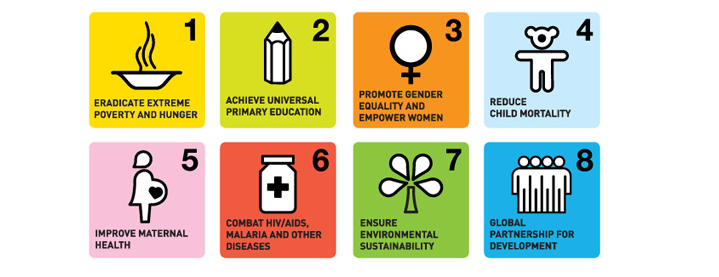
See more: https://www.sdgfund.org/mdgs-sdgs
- Eradicate extreme poverty and hunger
- Achieve universal primary education
- Promote gender equality and empower women
- Reduce child mortality
- Improve maternal health
- Combat HIV/AIDS, malaria and other diseases
- Ensure environmental sustainability
- Global partnership for development
The list of these targets included 18 sub-targets and 48 indicators. These eight points form a unit and are interrelated. Through concerted global, regional, national and local efforts, the MDGs saved the lives of millions of people and improved the lives of many more.
Sustainable Development Goals (SDGs)
After 2015, it became necessary to build on these results and set new targets, the Sustainable Development Goals. These targets are both a guideline and an attempt to address the measures that were not taken in the previous ones. The SDG strategy consists of 17 key tasks and 169 detailed targets, which were finalised at the Sustainable Development Summit in New York, 25-27 September 2015.
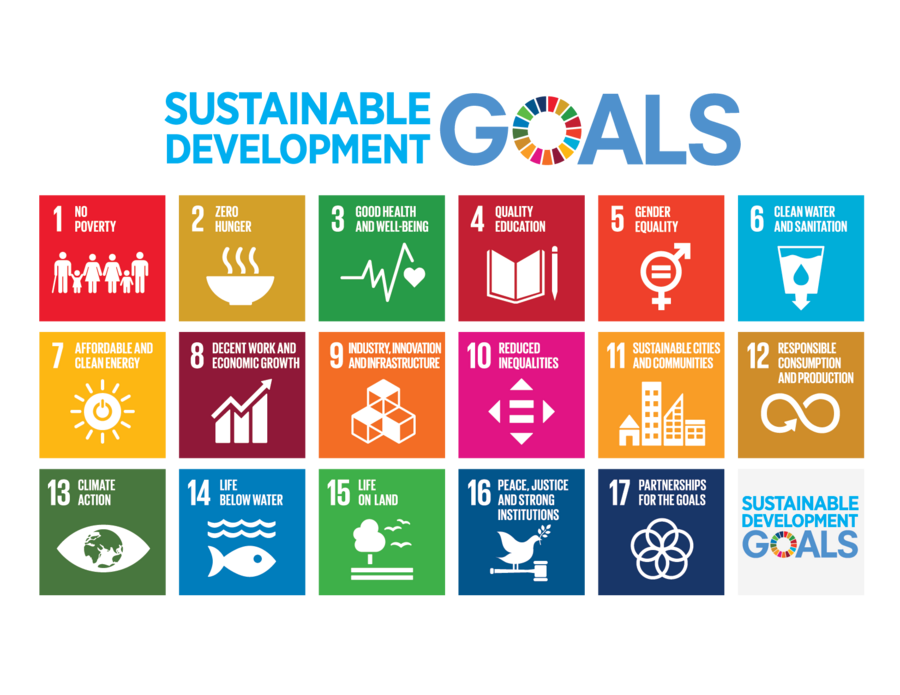
See more: https://sdgs.un.org/goals
In addition to the above, it is important to highlight the European Green Deal programme, which was first announced in the programme of the President of the European Commission, Ursula Von der Leyen, and which has been given a vote of confidence, and is now one of the main goals of the EU’s so-called green policy and the EU’s new growth strategy.
